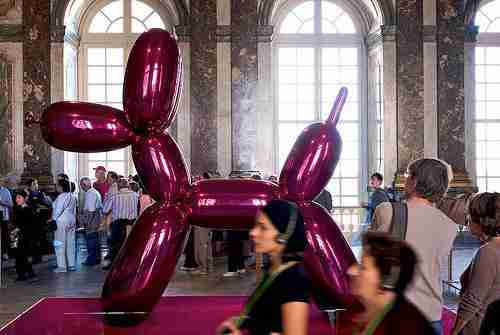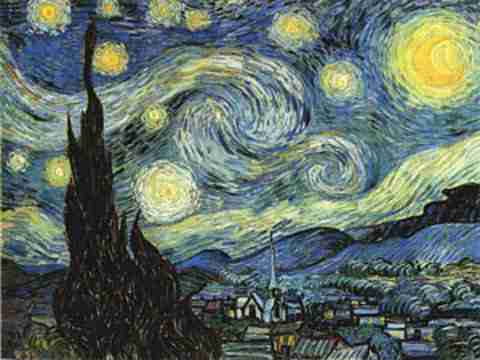Q&A: Cynthia Saltzman

Your book profiles several of the great 19th-century American collectors of European Old Master paintings. What was happening in the 1880s and 1890s that prompted these wealthy Americans to go after these works? I think it was because America was really becoming a world power. It was overtaking England and Germany as the leading economic power. Americans began to focus on culture. They had built the Metropolitan, they had built the Philadelphia Museum and the Boston Museum of Fine Arts, then they need great art to put in them. In order to have a major world-class museum you needed Old Master paintings. The Old Masters were a measure of the museum.
What, at the same time, was prompting the Europeans to sell? Sometimes I think American taste is English taste. We bought so many things from the English. They had the huge collections. At the end of the 19th century there were two things, the fact that the English began importing American grain and it sold for so much less that it caused prices of English prices to fall, and that meant that the value of their land went down. All these English noblemen had their rents go down, so they were squeezed that way, and then at the same time their taxes on land, and inheritance taxes, went up, so they were in a financial crisis at exactly the same time that the Americans, these big industrialists, had a great deal of money.
There seem to have been both public and private motivations for these collectors, educating the public and enhancing their own status. I think these art collectors wanted to transform themselves, and they wanted to transform America. They were interested in turning themselves into collectors and giving themselves a new identity. They all did give their collections to the public, but the ones like Isabella Gardner and Henry Clay Frick, who create their own museums, are clearly interested in transforming themselves. And still today, when you go to their museums and you look at the art, you still think of it as their possessions. There's always a mix of motives, I think.
What in particular was driving Isabella Stewart Gardner? She's an esthete; she loves art. I think as a collector she had such definite taste, and she was so enthusiastic. She saw Whistler's abstract pictures and she wanted them, and then she saw Sargent's Madame X, and she wants him to do her portrait. And also I think collecting just let her do something outside the social norms, the social expectations that were put upon her in Boston. Once she got involved in art, she could become a collector. And be something completely different. She is the patron of all these young men, artists and musicians, and it allowed her to be somebody completely outside Boston society. She modeled herself on Isabella d'Este.
You devote a large amount of the book to the dealers that these collectors used. Why? I really wanted to take a different approach. I wanted to tell the backstage story. It seems to me that collectors always monopolize the credit for their collections, but almost always it's the work of a team, the dealers, experts, and the collectors.
Dealers like Otto Gutekunst? He's one of the heroes of the book. He's important to Gardner's collection. She writes "I don't adore Rembrandt, I only like him." And yet Gutekunst is an expert on Northern painting. And Gardner has three fabulous Rembrandts. When Frick starts collecting, Gutekunst wants to get him "big, big, game," or "angel's food." He's very outspoken, he's very honest. I just thought he was great. And so he goes to get Frick a major Rembrandt. He takes an active role.
What is the ultimate result of all this art collecting? I think of it in huge, sweeping terms. All these Old Masters came over here, and then eventually American art becomes more and more important. After World War II it is the most influential for a while. And if we hadn't created these great museums with these great works of western art?...The American artists were really very influenced by them, and inspired by them, and I think it was really crucial to the development of American art which of course the vision of some of the first collectors.
Jeff Koons Takes Over Versailles

When I read that people were protesting the display of Jeff Koons’ work at the chateau de Versailles , I sat there waiting for the punch line to sink in because, really, how could that not be a joke. The artist and site couldn’t be better suited.
Versailles’ ostentation is the perfect backdrop for Koons’ kitsch sculptures. Both take ornamentation over the top, whether gilding everything in sight with silver and gold, or making life-size sculptures of balloon dogs in metallic hot pink. Though centuries divide the two, they both resonate with Rococo excess.
They both are exuberant, lighthearted and fun. Versailles was originally intended as a garden pleasure palace away from it all, and its visitors put play and fantasy first. Koons’ work is the same. Tacky in the best possible way, his work transports low art and makes it glittery and lively. Part of me thinks that if the Sun King was alive today, he’d not only be pleased Koons’ work is on display in his house, he’d hire the artist on the spot.
Image above courtesy of clemmm8/Flickr
A Bright Spot in van Gogh’s Starry Night

Vincent van Gogh struggled with so many things—mental illness, addiction, (ahem) lady problems—but at least he may have enjoyed his work. I saw The Starry Night in person at the Yale University Art Gallery last weekend. I stood there staring at the thick swirls of paint that make up the sky above Saint-Remy with the shadowy green cypress tree in the foreground, and all I could think was how much fun that it must have been to paint that scene. A little bit soothing, a little bit hypnotic, but mostly just fun to do, dragging a brush through the slick paint and seeing it ooze and furl.
Sometimes the struggle to create art overshadows the sensory pleasure that goes along with sculpting, painting, performing or installing a work. We never really talk or ask about the enjoyable side of it. Probably because it makes a serious work seem not-so-serious, but imagining van Gogh getting just a tiny bit of pure pleasure or fun out of painting certainly makes his sad run of luck in life seem a little less so.
Vincent van Gogh, The Starry Night, Saint-Rémy, June 1889. Oil on canvas. The Museum of Modern Art, Aquired through the Lillie P. Bliss Bequest, 1941




Post a Comment